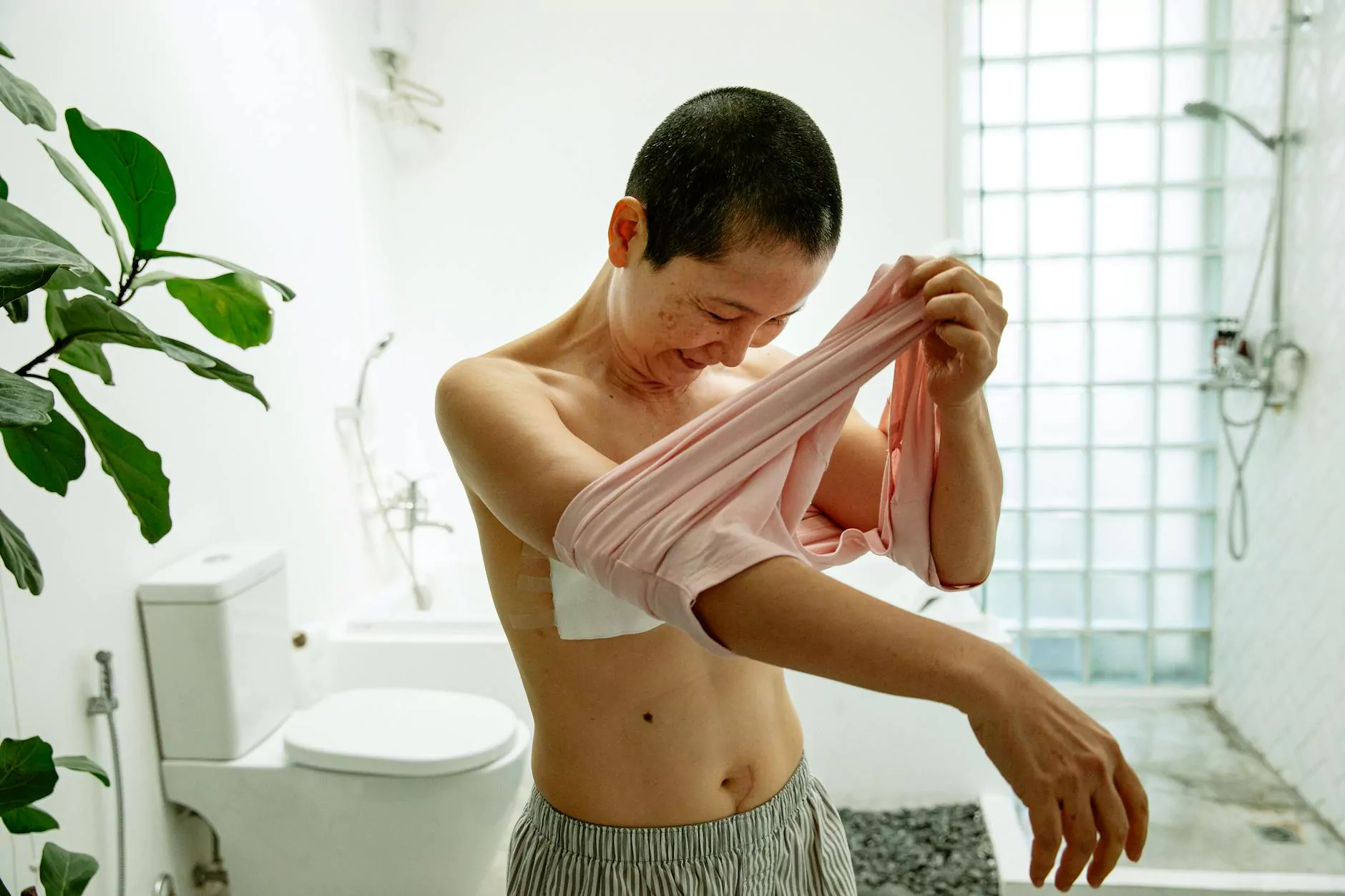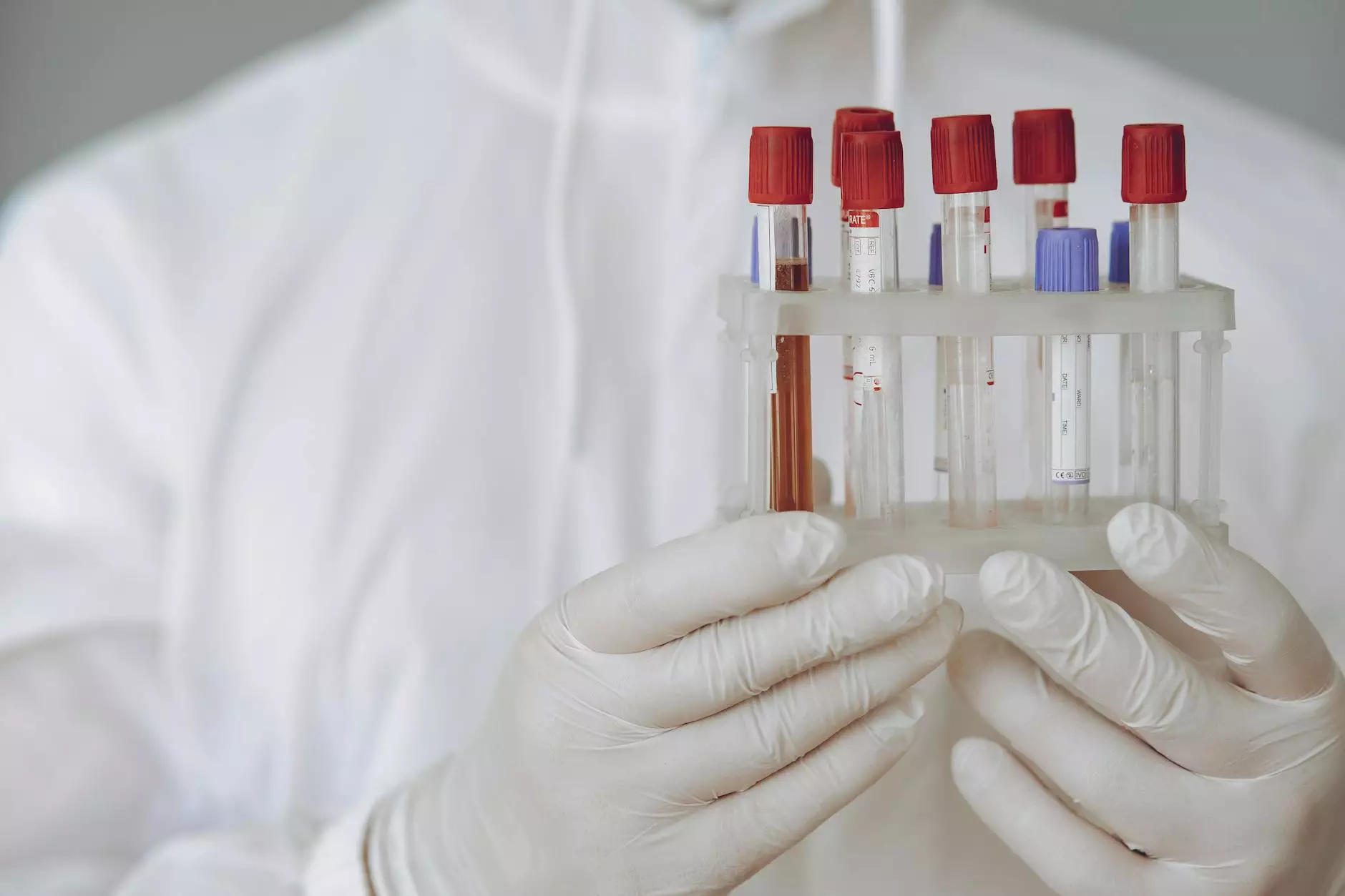Understanding Breast Reduction Surgery

Breast reduction surgery, also known as reduction mammaplasty, is a surgical procedure designed to reduce the size of disproportionately large breasts. This procedure not only enhances the aesthetic appearance of the breasts but also alleviates physical discomfort associated with having larger breasts, such as back pain, neck pain, and skin irritations. In this article, we will explore the details surrounding breast reduction surgery, including its benefits, the procedure itself, recovery, and essential considerations for patients.
What is Breast Reduction Surgery?
Breast reduction surgery is primarily focused on removing excess breast fat, glandular tissue, and skin to achieve a breast size more proportionate to the body. The procedure aims to provide physical relief, enhance mobility, and improve self-image.
Why Consider Breast Reduction Surgery?
The decision to undergo breast reduction surgery can stem from various reasons, including:
- Physical Discomfort: Many women experience chronic pain in the neck, shoulders, and back due to the weight of their breasts.
- Posture Improvement: Large breasts can lead to poor posture and associated health issues.
- Skin Issues: Rashes and infections may occur underneath larger breasts, leading to discomfort and embarrassment.
- Self-esteem and Body Image: Women with oversized breasts often feel self-conscious and may wish to achieve a more balanced body silhouette.
- Physical Activity Limitations: Large breasts can hinder participation in physical activities and sports, limiting a woman’s overall lifestyle.
The Breast Reduction Surgery Procedure
Before undergoing breast reduction surgery, it is crucial for patients to have a thorough consultation with a board-certified plastic surgeon. During this consultation, the surgeon will assess the patient's physical health, discuss their goals, and explain the surgical options available.
Planning Your Surgery
Preparing for breast reduction surgery involves several important steps:
- Medical Evaluation: A complete medical evaluation is essential to ensure that you are a good candidate for surgery.
- Discussion of Expectations: Open communication with your surgeon about what to expect will help set realistic expectations.
- Pre-operative Instructions: Follow the surgeon's instructions regarding diet, medications, and lifestyle changes prior to the surgery.
During the Procedure
Breast reduction surgery typically lasts between 2 to 5 hours and is performed under general anesthesia. The surgeon will utilize one of the following techniques:
- Anchor Technique: Involves cuts that resemble an anchor shape, allowing for significant tissue removal and reshaping.
- Lollipop Technique: Features vertical incisions that create a lollipop shape, suitable for moderate reductions.
- Donut Technique: Involves a circular incision around the areola, ideal for minimal reductions and reducing scarring.
Benefits of Breast Reduction Surgery
Patients report numerous benefits following breast reduction surgery, including:
- Relief from Pain: Most women experience a significant reduction in chronic pain in the neck and back following the procedure.
- Improved Mobility: Smaller breasts often allow for easier movement and increased participation in physical activities.
- Enhanced Self-esteem: Many women feel more confident and positive about their body image after surgery.
- Better Fit for Clothing: Women find that they can wear a wider variety of clothing styles comfortably.
- Improved Quality of Life: Patients often report an overall improvement in their daily lives due to reduced physical limitations.
Recovery After Breast Reduction Surgery
The recovery process after breast reduction surgery is an essential part of achieving optimal results. Patients can expect the following:
Post-Operative Care
Advice for post-operative care includes:
- Rest: Taking time to rest is crucial. Avoid strenuous activities during the initial healing phase.
- Compression Garments: Wearing a supportive bra or compression garment as prescribed by your surgeon helps reduce swelling and supports healing.
- Follow-up Visits: Attending all scheduled follow-up appointments is essential to monitor healing and address any concerns.
- Medication: Follow the prescribed pain management protocols and take antibiotics if advised.
What to Expect During Recovery
Recovery times can vary based on the individual and the extent of the surgery. Generally, you can expect:
- Initial Recovery: The first few weeks may involve discomfort and swelling.
- Return to Normal Activities: Many individuals return to light activities within a week, but should avoid heavy lifting or high-impact exercise for several weeks.
- Scarring: Surgical scars will fade over time; following scarring care instructions can minimize their appearance.
Risks and Considerations
Like any surgical procedure, breast reduction surgery entails certain risks, including:
- Infection: Although rare, infection at the incision site is possible.
- Scarring: While surgeons use techniques to minimize scarring, some patients may have visible scars.
- Asymmetry: In some cases, there may be slight differences in breast size after surgery.
- Changes in Sensation: Some women experience temporary or permanent changes in nipple sensation.
Choosing the Right Surgeon
Choosing a qualified surgeon is crucial for a successful outcome. Here are some tips:
- Board Certification: Ensure your surgeon is board-certified in plastic surgery.
- Experience: Look for a surgeon with a robust background in performing breast reduction surgeries.
- Patient Reviews: Reading testimonials and reviews can provide insights about the surgeon's skills and patient satisfaction.
- Consultation: Schedule consultations with multiple surgeons to find one you are comfortable with.
Conclusion
Breast reduction surgery can significantly enhance the quality of life for many women by alleviating physical discomfort and improving self-esteem. If you are considering this procedure, it is essential to seek a skilled and experienced surgeon who can guide you through the process. Remember that every recovery experience is unique, and the guidance of your healthcare provider is crucial for optimal results. By understanding the details of breast reduction surgery, you can make an informed decision that positively impacts your well-being and happiness.
For more information about breast reduction surgery and to find qualified healthcare professionals, visit healthtourismantalya.com.









